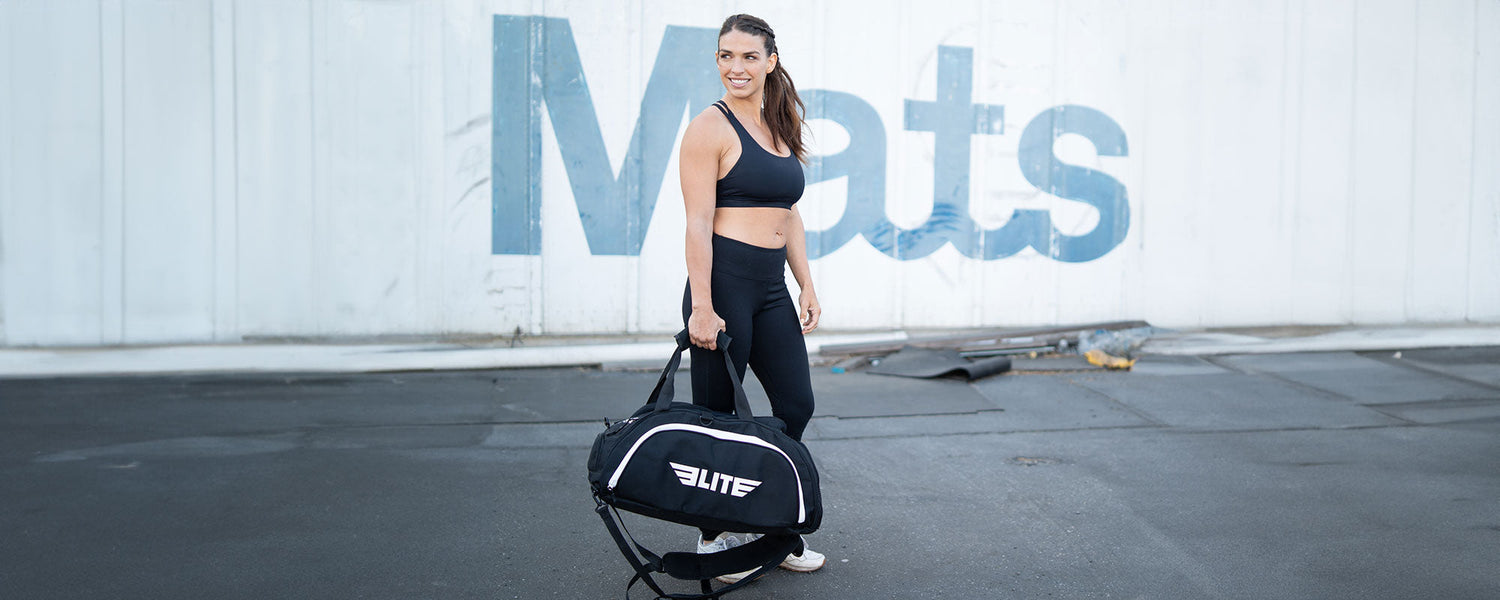Table of content
When starting BJJ, it may be difficult figuring out what you should take to your BJJ classes. While this sport does not require a lot of equipment, you have to bring some essentials with you.
This article has a compiled list of essential and nonessential items that you may want to consider bringing to BJJ classes.
1. Items You Should Bring to BJJ Class
1.1. BJJ Gi and BJJ Belt
Some gym membership plans provide belts and BJJ gis, while others do not. It is not a bad idea to buy a gi and belt that fits your body type. Your gi should fit snugly to make it more difficult for your opponent to grab hold of you.
Plus, it is a good idea to have two gis in your cabinet if you are planning to train three to four times per week. Having a spare uniform will save time and energy as you will not have to spend so much time washing a single uniform again and again.
1.2. BJJ Rash Guard
Wearing a BJJ Rash Guard underneath your BJJ gi will reduce chafing and help you feel more comfortable while working out. Also, a t-shirt can help with hygiene as sweating can be reduced during training and lessen the risk of contracting skin diseases.
1.3. Water Bottle
Keep yourself hydrated by drinking lots of water before and during training. Take a water bottle with you. During training, you sweat a lot and your body loses moisture necessary for bodily functions. To keep your body cool and prevent dehydration, keep drinking water whenever possible. Make sure you can tell which water bottle is yours so you don’t mistakingly drink somebody else’s.
1.4. Gum Shield
BJJ is a full-contact sport and chances are that your mouth may be hit by an arm or leg. Make sure you have a gum shield to help protect your teeth. Some people may have difficulty breathing with a gum shield in their mouth, but you should become used to it over time.
1.5. Flip Flops
In BJJ gyms, you can't walk on mats while wearing shoes, but you are allowed to have a pair of flip-flops when you are changing your clothes or going to the bathroom. Most gyms do have shoe racks where you can leave them if you do not want to constantly carry them in your bag.
1.6. Healthy Snacks
It is not a good idea to bring meals to the gym. But eating healthy food full of carbohydrates one hour before training is recommended so you have the energy to train. Try to avoid eating a large meal before going to the gym
1.7. Wear Sports Undergarments
Not all undergarments are best for BJJ practices. When training, you will move around a lot and sweat profusely. BJJ Shorts or Spats are good idea to spend money on flexible yet sweat-resistant undergarments to avoid rashes. For women, it is recommended they wear a t-shirt and sports bra.
2. Hygiene Basics for Beginners
- Take a shower - Wash yourself and get rid of body odor before you go for training.
- Brush your teeth – Practice good oral hygiene by brushing your teeth with pleasant-smelling toothpaste or chewing gum to help improve your bad breath.
- Trim your fingernails - Before you hit the training mat, make sure to cut your nails short to avoid accidentally cutting your training partner.
- Cut or tie your hair – Cut your hair short if possible so it doesn’t accidentally get caught or grabbed. If you don’t want to cut your hair short, then use a hair tie to keep your hair out of the way.
- Stop training if you have an open wound or skin infection
- Don't train if you are sick– If you feel tired, it is a better idea to eat a good meal and sleep for six to seven hours. Do not return to training until you are back to full health and there is no risk of passing on your illness to others.
3. FAQs
3.1. What is Brazilian Jiu-Jitsu?
BJJ is the safest martial art to practice on the floor. Knowing BJJ will better help you protect yourself whether you are standing or laying on the ground.
3.2. What is the Difference Between Jiu-Jitsu and Other Martial Arts?
The main difference between BJJ and other martial arts is technique. Martial arts like karate and boxing require you to get in close to execute strikes.
3.3. Is BJJ Right for Me?
If you are looking to get physically fit, improve self-confidence, and meet people with similar interests, BJJ is right for you. BJJ is suitable for everyone, regardless of gender, ethnicity, age, or body type.
3.4. Is BJJ Best for Self-Defense?
According to Professor Mike, a BJJ instructor, BJJ is the most effective and safest form of self-defense. BJJ teaches people how to maintain a safe distance and protect themselves while inflicting minimal damage.
3.5. What are the Main Benefits of BJJ Training?
BJJ is not a destination, it is a way of life. Your goal should not be to walk with pride and arrogance, but learn how to be confident, focused, and learn from defeat.
4. Final Thoughts
Overall, BJJ is the best way to become more confident, deal with dangerous situations, and maintain physical fitness. You can achieve mastery in BJJ by using your brain and being patient.












Leave a comment
This site is protected by hCaptcha and the hCaptcha Privacy Policy and Terms of Service apply.